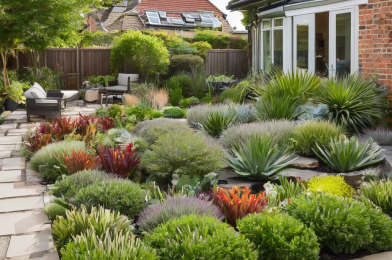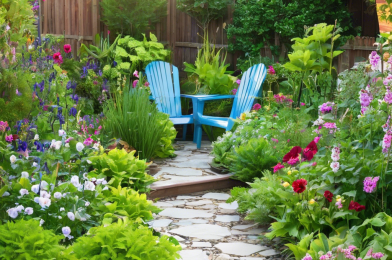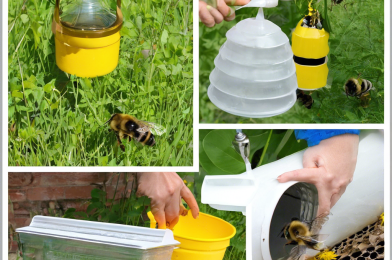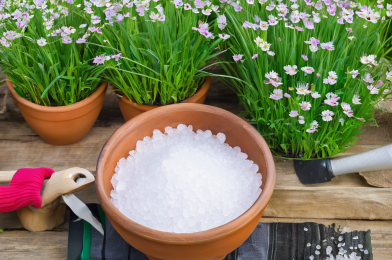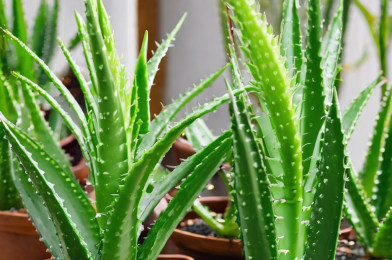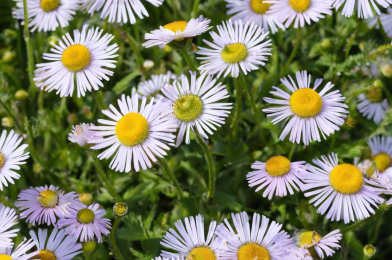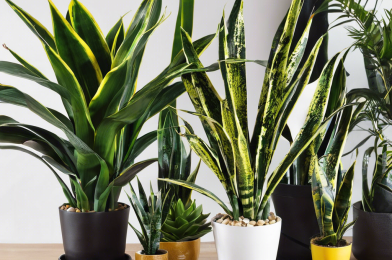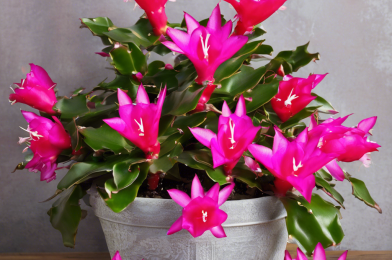Are you a plant parent looking to bring some greenery into your home but feeling overwhelmed by the vast array of options available? Well, get ready to embrace your inner green thumb, because we’ve put together a comprehensive guide to help you choose the perfect indoor plants for every room in your home. Say goodbye to boring, lifeless spaces and hello to a vibrant, thriving indoor oasis!
When it comes to adding greenery to your living room, you want plants that make a statement. Fiddle-leaf figs are the ultimate choice for those seeking a bold, architectural look. Their large, glossy leaves and distinctive shape will undoubtedly become a conversation starter. If you prefer something a little more whimsical, opt for a hanging spider plant. These beauties not only add texture to your space but also boast excellent air-purifying qualities. Plus, their cascading foliage makes them an eye-catching addition to any corner of the room. For a touch of elegance, consider a Peace Lily. Its glossy, dark green leaves and delicate white flowers bring a sense of tranquility and can even thrive in low-light conditions.
In the kitchen, it’s essential to choose plants that can handle varying levels of humidity and temperature changes. Herbs like basil, rosemary, and thyme make practical and aromatic additions to your countertop garden. Not only do they add a fresh touch to your cooking, but they also thrive in the warm and slightly humid environment of a kitchen. For a pop of color, try a colorful cactus or succulent arrangement. These low-maintenance plants can handle neglect and still look stunning on a sunny windowsill, adding a touch of desert charm to your culinary haven.
As you retreat to your bedroom sanctuary, create a relaxing atmosphere with plants that promote better sleep and well-being. Snake plants are excellent for the bedroom as they release oxygen at night, improving air quality while you slumber. Their upright, sword-like leaves come in various patterns, adding a touch of natural decor to your bedside table. For a touch of elegance, orchids are a perfect choice. These delicate flowers thrive in indirect sunlight and add a pop of color and sophistication to your bedroom.
When it comes to bathroom plants, moisture-loving varieties will thrive in this humid environment. Boston ferns are a top pick, with their lush fronds adding a tropical vibe to your shower or tub area. Another great option is the Peace Lily, which not only adds beauty but also helps purify the air, making your bathroom feel like a spa-like retreat.
Whether you’re an experienced plant parent or just starting your botanical journey, there’s a perfect plant for every room in your home. So go ahead, add some greenery, and watch your living spaces bloom with life!

